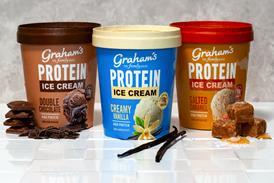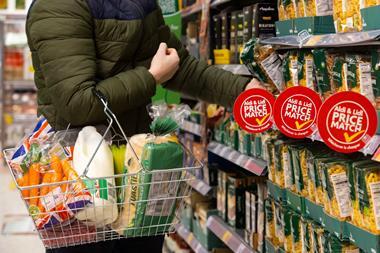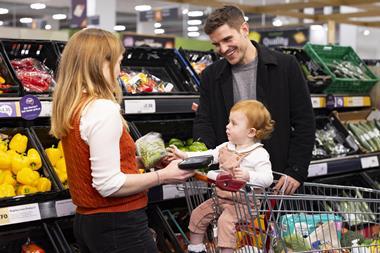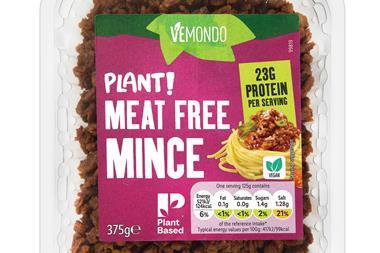Retail prices are finally falling. Supermarket shelf prices fell 0.6% in April, according to the latest figures from The Grocer Price Index, but the bigger story was the largest fall in year-on-year inflation since the GPI was launched in 2006. Annual food inflation fell from 18.2% to 13.9%.
The new figures allay fears that March's small 0.4% drop was a blip caused by UK produce coming into season. April's fall was primarily driven by meat and dairy. The price of meat, fish and poultry fell 0.8%, deli products were down a substantial 2.5%, while dairy experienced a small month-on-month drop of 0.1%.
Falling commodity prices take much longer to impact these categories than others, as farmers stock up on feed well in advance, and livestock can take up to two years to mature.
As a result, meat was one of the main drivers of the food inflation spike earlier this year. Given that feed wheat prices are more than 26% lower than at this time last year, potential remains for further modest falls in price.
But the picture is far from uniform: in many categories, prices continued to rise last month. Frozen food had the sharpest increase, of 2.9%, as heavy promotional activity related to recent relaunches began to abate. Frozen did, however, remain the only category cheaper year-on-year, down 3.3% on last year.
The two categories driving inflation with the largest year-on-year rises, dry grocery and fruit and vegetables, continued to increase in price last month.
Dry grocery was up 1.2% (and 13.6% since last April) while fruit and veg rose 1.0%, with the largest year-on-year rise, of 13.9%. The biscuits, confectionery and snacks category also rose in price in April, up 1.9%, as did soft drinks, with an increase of 1.5%.
The picture between retailers was similarly varied. Prices at Asda, though remaining cheapest on average, rose 0.1%, while Sainsbury's prices rose 0.6%.
These rises were more than offset by sharp falls at the remaining big four retailers. Tesco's shelf prices have fallen a hefty 1.4% since March, but Morrisons outdid that with a substantial 2.2% price drop in April.
The new figures allay fears that March's small 0.4% drop was a blip caused by UK produce coming into season. April's fall was primarily driven by meat and dairy. The price of meat, fish and poultry fell 0.8%, deli products were down a substantial 2.5%, while dairy experienced a small month-on-month drop of 0.1%.
Falling commodity prices take much longer to impact these categories than others, as farmers stock up on feed well in advance, and livestock can take up to two years to mature.
As a result, meat was one of the main drivers of the food inflation spike earlier this year. Given that feed wheat prices are more than 26% lower than at this time last year, potential remains for further modest falls in price.
But the picture is far from uniform: in many categories, prices continued to rise last month. Frozen food had the sharpest increase, of 2.9%, as heavy promotional activity related to recent relaunches began to abate. Frozen did, however, remain the only category cheaper year-on-year, down 3.3% on last year.
The two categories driving inflation with the largest year-on-year rises, dry grocery and fruit and vegetables, continued to increase in price last month.
Dry grocery was up 1.2% (and 13.6% since last April) while fruit and veg rose 1.0%, with the largest year-on-year rise, of 13.9%. The biscuits, confectionery and snacks category also rose in price in April, up 1.9%, as did soft drinks, with an increase of 1.5%.
The picture between retailers was similarly varied. Prices at Asda, though remaining cheapest on average, rose 0.1%, while Sainsbury's prices rose 0.6%.
These rises were more than offset by sharp falls at the remaining big four retailers. Tesco's shelf prices have fallen a hefty 1.4% since March, but Morrisons outdid that with a substantial 2.2% price drop in April.


















No comments yet